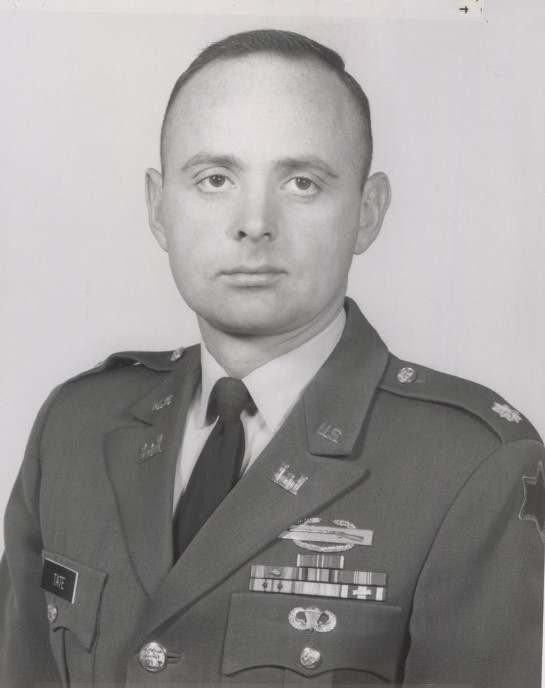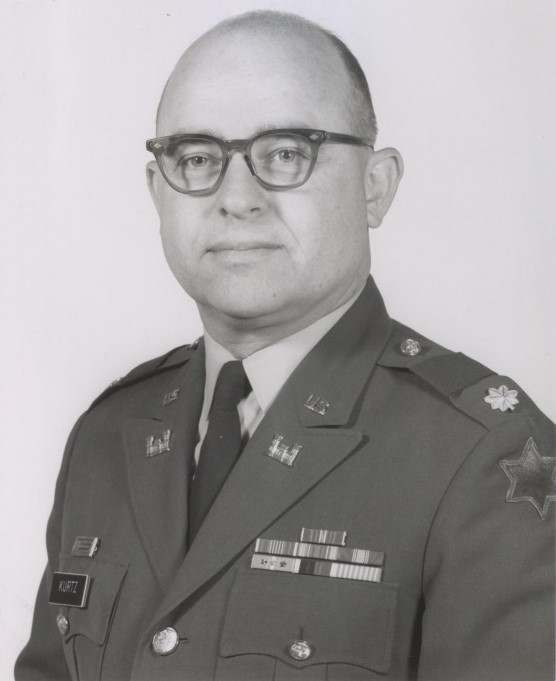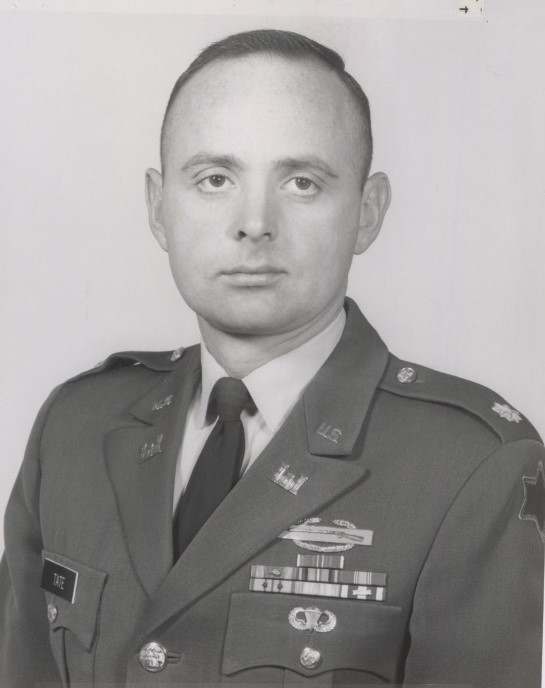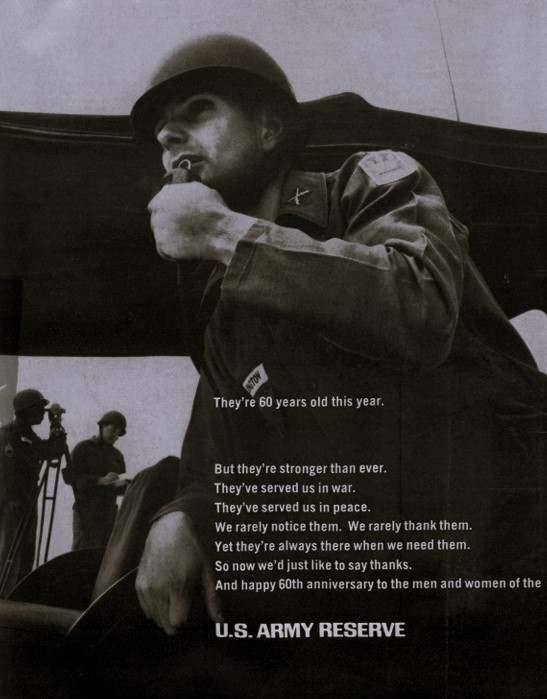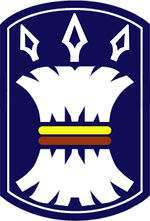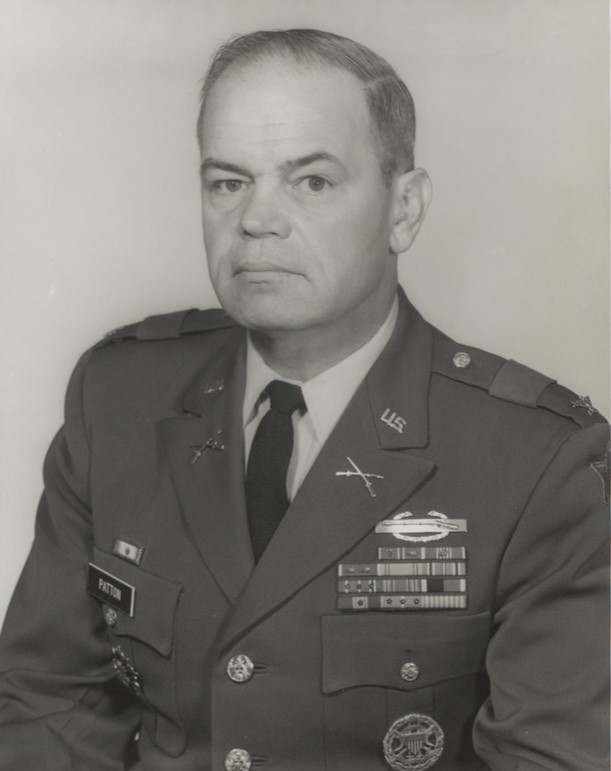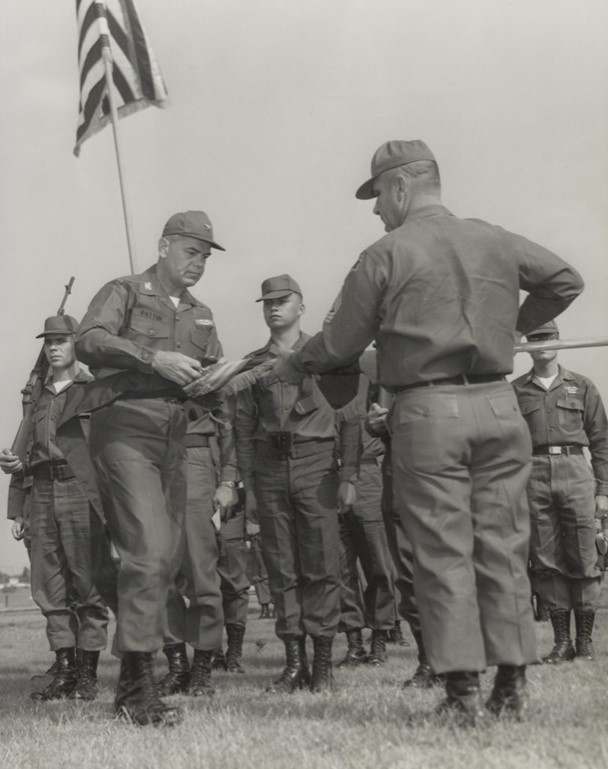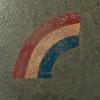All Activity
- Past hour
-

A Vietnam War 6th Infantry Division Fatique Shirt.
seanmc1114 replied to patches's topic in UNIFORMS
Lieutenant Colonel Maurice Kurtz, CO, and Major Jack Tate, XO, of the 96th Engineer Battalion 6th Infantry Division - February to July 1968 -

Patches in action: Photos of SSI being worn by the troops.
seanmc1114 replied to Teamski's topic in MISCELLANEOUS / OTHER
Lieutenant Colonel Maurice Kurtz, CO, and Major Jack Tate, XO, of the 96th Engineer Battalion 6th Infantry Division - February to July 1968 -
opseccc, There is a anti-chip texture coating made by SEM that comes in a rattle can for restoring/painting automobile bumbers, dashes and car tops. It will require a top coat of preferably an epoxy paint. The part number is #39853. It is intended for plastics/fiberglass, but I feel with a special coating first the SEM product will work. In the SF Bay Area there are a few NED's automotive paint stores that sell it. Orielly auto part stores may be able to order it. It is $40.00 a rattle can. I have used SEM products in the past when I restored classic cars and their products are second to none. Still want to inquire with Sherman Williams.
-

Patches in action: Photos of SSI being worn by the troops.
seanmc1114 replied to Teamski's topic in MISCELLANEOUS / OTHER
-

Patches in action: Photos of SSI being worn by the troops.
seanmc1114 replied to Teamski's topic in MISCELLANEOUS / OTHER
Colonel Oliver B. Patton, CO of the 3rd Brigade 6th Infantry Division from its activation in November 1967 to its deactivation in July 1968. In the first photo, you can just see the 6th ID SSI. In the second photo, the colonel can be seen casing the brigade's colors and the 6th ID SSI can be seen on the left sleeve of the sergeant major or first sergeant holding the flag. -

A Vietnam War 6th Infantry Division Fatique Shirt.
seanmc1114 replied to patches's topic in UNIFORMS
Colonel Oliver B. Patton, CO of the 3rd Brigade 6th Infantry Division from its activation in November 1967 to its deactivation in July 1968. In the first photo, you can just see the 6th ID SSI. In the second photo, the colonel can be seen casing the brigade's colors and the 6th ID SSI can be seen on the left sleeve of the sergeant major or first sergeant holding the flag. -

Pilot Wing help neded
Ralle replied to Ralle's topic in AIRBORNE, GLIDER TROOPS, PARATROOP JUMP WINGS AND BADGES
If it’s a Meyer, should it be ns Meyer New York and hallmark? -

A Vietnam War 6th Infantry Division Fatique Shirt.
seanmc1114 replied to patches's topic in UNIFORMS
Distribution list of assigned units attached to the November 1967 general orders of the Third Army activating the 6th Infantry Division. These are presumably all of the units of the division, although it's not clear whether all of them were ever actually activated. -

Pilot Wing help neded
Ralle posted a topic in AIRBORNE, GLIDER TROOPS, PARATROOP JUMP WINGS AND BADGES
I only Got a bad picture, sorry I need information about if it’s original and from ww2. I think meyers ( I am very new in this) but what about the needle, I can’t find anything similar regards Ralph -
Awesome thanks Justin!
-

A Vietnam War 6th Infantry Division Fatique Shirt.
seanmc1114 replied to patches's topic in UNIFORMS
Historical summary of the 3rd Brigade 6th Infantry Division from November 1967 to July 1968. https://emu.usahec.org/alma/multimedia/850312/20181457MNBT1036347832F278995I001.pdf -
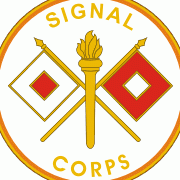
December 31st . January 25, 1945
gerard replied to gerard's topic in MUSEUMS, BATTLEFIELDS, AND MONUMENTS
Dauendorf 101 Airborne Division in Alsace men of the 101 Airborne Division, in Dauendorf, 10 km from Haguenau, we can see the Saint-Cyriaque church in the background In February, the division occupied a defensive position at Haguenau, in Alsace on the banks of the Moder. In April, she was sent to fight the last of Hitler's loyalists near the town of Berchtesgaden in the Bavarian Alps. There she captured various members and soldiers of the Nazi party. -

A Vietnam War 6th Infantry Division Fatique Shirt.
seanmc1114 replied to patches's topic in UNIFORMS
Historical summary of the 6th Infantry Division Artillery from November 1967 to July 1968. https://emu.usahec.org/alma/multimedia/850313/20181457MNBT1036347832F278996I001.pdf -

December 31st . January 25, 1945
gerard replied to gerard's topic in MUSEUMS, BATTLEFIELDS, AND MONUMENTS
-

A Vietnam War 6th Infantry Division Fatique Shirt.
seanmc1114 replied to patches's topic in UNIFORMS
Historical summary of the 6th Infantry Division Support Command from November 1967 to July 1968. https://emu.usahec.org/alma/multimedia/850316/20181457MNBT1036347832F278998I001.pdf -
Some neat and unique items in the picture. Shows the more mundane, yet super important, part of what kept the war machine churning!
-
Hello everyone, I will tell you the history of my region which and Northern Alsace Operation Nordwind, which was one of the last military offensives of the Wehrmacht on the Western Front during the Second World War. The clock shows 12:05 a.m. and for an hour and five minutes now Operation Nordwind has started Objectives of the offensive The main goal of the offensive was to relieve German troops engaged in the Battle of the Bulge by mobilizing allied forces in northeastern France and, at the same time, to destroy the 7th American Army. Hitler, who no longer trusted his generals, entrusted this mission to the army group Oberrhein ("Upper Rhine"), placed directly under the command of Reichsführer SS Heinrich Himmler. This makes the generals responsible for any failure and orders resistance on the spot until the last cartridge and until the last man. Any possibility of withdrawal to the right bank of the Rhine is excluded. Operations are entrusted to Marshal von Rundstedt whose speech is more nuanced, but his attachment to the Führer does not seem shaken. The initial plan called for the German 19th Army to attack Strasbourg, crossing the Rhine, while the 1st Army was to attack from northern Alsace. This would also have made it possible to reconquer the industrial zones located around Haguenau. But Hitler did not want to recognize that these two armies were already very weakened by months of fighting and that as a result they were no longer capable of achieving their objectives. The offensive began on December 31, 1944, around 11:30 p.m., without artillery preparation to provide the effect of surprise, on the night of New Year 1945. Dressed in white camouflage uniforms, 5 companies of the 17th SS Panzer Grenadier Division Götz von Berlichingen launched an attack on the front line battalions of the 71st American Infantry Regiment installed in the woods, in the Rimling sector. The American soldiers received, with surprise, the shock which came in successive waves. After receiving reinforcements and supported by artillery and mortar fire, they quickly increased their resistance. The attackers were decimated but the fighting raged and the Germans ended up flanking an American company, forcing the rest of the front-line forces to retreat. However, on January 1, 1945, from 2:30 a.m., the German offensive progressed only very slowly. For example, the 256th German infantry division only progressed 6 km on the first day. At the same time, a secondary offensive was launched south of Strasbourg against the French positions. On the second day, Reipertswiller and Wissembourg were reoccupied by German troops. On January 4, the Americans withdrew and established a front line on the Moder which runs through downtown Haguenau. During the night of January 4 to 5, several German battalions crossed the Rhine in front of Gambsheim. They established a beachhead made up of heterogeneous and poorly nourished elements. They attacked fiercely but many German soldiers were ready to desert. It was particularly cold, the water froze in the bottles and the weather was unfavorable for aviation intervention. On Monday January 8, the Germans brought considerable forces into Alsace by crossing the Rhine in fifteen places, in particular between Freistett and Gambsheim and between Fort-Louis and Söllingen. The XXXIX Panzerkorps launched its attack on Hatten, an obligatory passage on the road to Strasbourg: it was the beginning of the terrible battle of Hatten-Rittershofen which was to last 12 days. Violent fighting also took place around the Breymuhl pumping station, near Rohrwiller. For several days, from the 8th to the 11th, it was the scene of fierce hand-to-hand combat. On Wednesday January 10, a long line of refugees coming by the road from Wissembourg moved along the Moder diversion canal. At least a quarter of these people were in their nightgowns while the thermometer showed -10°C. They said that the Americans had destroyed everything in front of them with rapid-fire cannons, to stop the German attack. On January 15, no less than 17 German divisions were deployed within Army Groups "G" and "Oberrhein". The Germans still managed to reconquer other villages as well as the Haguenau forest. They arrived at the gate of this city on January 16. To the south, the 2nd French Army had stopped the Germans after hard fighting. The 3rd Algerian Infantry Division came to reinforce American troops in the north. But after the withdrawal of the Americans from Hatten and Rittershofen on January 20, the front stabilized on the Moder during the night of the 20th to the 21st. The inhabitants of Hatten who had survived were then able to come out of the cellars where they had holed up. Of the 365 houses in the village, 350 were destroyed and everywhere there were corpses littering the ground. 2,500 soldiers and 83 village residents died there during the battle. On January 21, while the weather was bright and the snow was abundant, the Germans reorganized along the Moder canal and focused the main effort on the Haguenau sector. Tanks were seen to the east of the city and the population fled again. On January 23, German jets dropped bombs on Gries, Weitbruch, and Kaltenhouse, but the American retreat was over. German troops were concentrated north of the Haguenau Forest and German tanks were at the Hundshof in Marxenhouse and Schweighouse. A patrol of German cyclists in white camouflage was pushed back at the entrance to Haguenau. On January 24, the Germans, aware of their weakness, did not attack Haguenau directly but tried to surround it in order to scare the Americans away. The attack was launched in the area of Kaltenhouse, Schweighouse and Ohlungen. Violent hand-to-hand fighting took place in the houses and paper mill of Schweighouse. On January 25, the Germans launched a final counterattack, supported by three tanks, from Kestlerhof and succeeded in crossing the Moder halfway between Kaltenhouse and Haguenau. The heaviest fighting took place in the evening, particularly in the first houses of the city. Positional warfare took place in the heart of Haguenau, on either side of the Moder canal. That same evening, as American reinforcements began to arrive from the Ardennes, the order was given by Hitler to abandon Operation Nordwind, including the bridgehead on the Moder. But the fighting did not stop. Finally, the XXXIX Panzerkorps had to withdraw from the region to be transferred to the Oder front in order to participate in the defense of Berlin. This put a definitive end to the German offensive but a long positional war then began. An American tank opening fire in the snow, near Sparsbach, Alsace Bas-Rhin
-

A Vietnam War 6th Infantry Division Fatique Shirt.
seanmc1114 replied to patches's topic in UNIFORMS
Historical summary of the 2nd Brigade 6th Infantry Division from November 1967 to July 1968. https://emu.usahec.org/alma/multimedia/1164460/20181457MNBT1036357445F279950I001.pdf - Today
-
The M1912 squad cleaning kit w/blued tin and brass rods/oiler/grease pot is the more valuable of the two. Looks like most of the brushes are there but don't see any of the "L"-shaped screwdriver/pin-punch tools. Without the tools, figure around $450. +/-. The WW2 version (unless tools are in the brown packet) would be somewhat less than the nicely blued ones w/brass components. The latter, if 100% complete and in nice condition, will command the most. Of course if you go online, you may see some kits priced close to $1K, but nobody is buying them...
-
-
Wanted to share this group to a soldier born in my home state of Florida. The son of Greek sponge divers born in Tarpon Springs Florida. Moved to New York as a teenager enlisting in the Army towards the end of WWII, seeing service with the 11th Airborne in the Pacific. Called back into service for Korea making a combat jump with the 187th in 1951 where he would be killed in action. Member of G Company 2nd Battalion, 187th Airborne.
-
C is not Columbian. That's a piece of errant speculation that has spread far and wide over the internet.
-
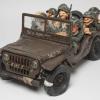
Post your Military Buckles - with or without the belt
Cobra 6 Actual replied to hardheaded's topic in FIELD & PERSONAL GEAR SECTION
-
I was able to find on an .eu forum that this helmet was made by Columbian Enameling and Stamping Company, of Terre Haute, Indiana, and produced 268,850. Don’t know the dates of the production run, though.


